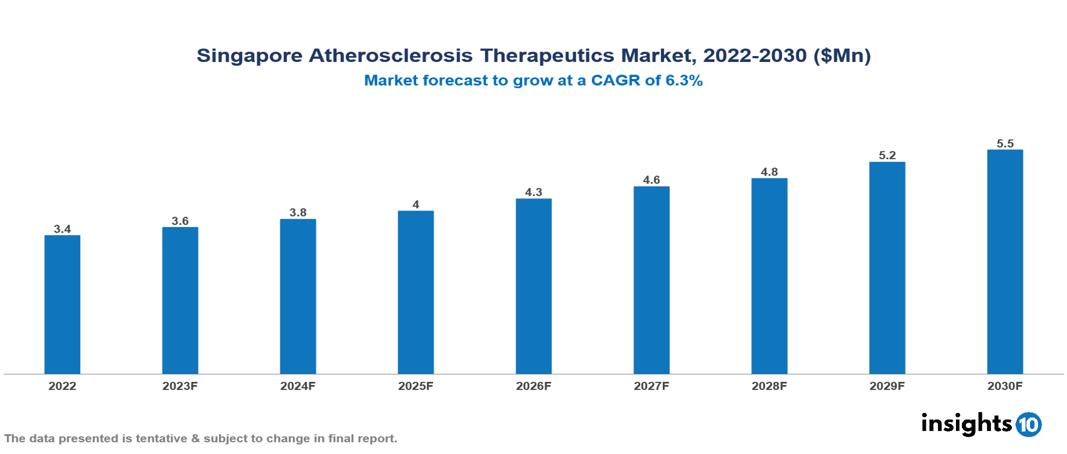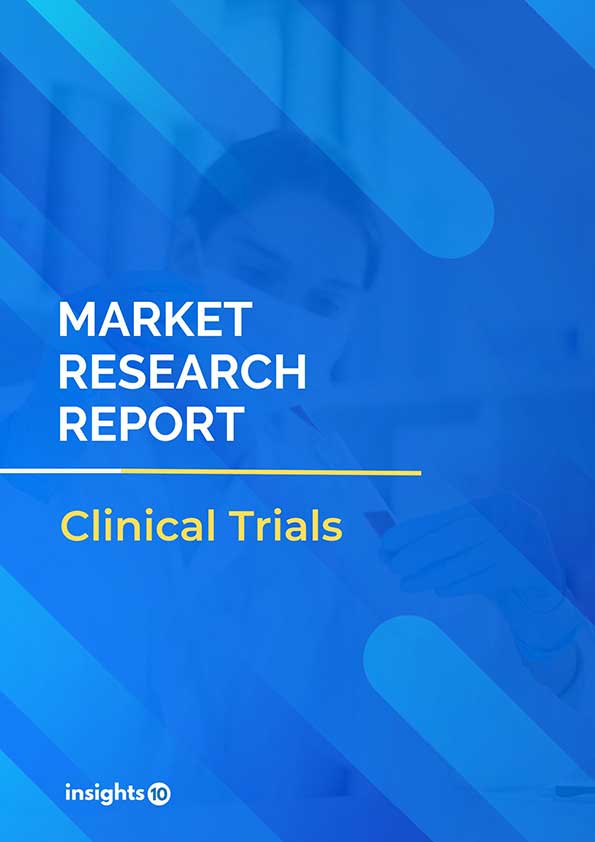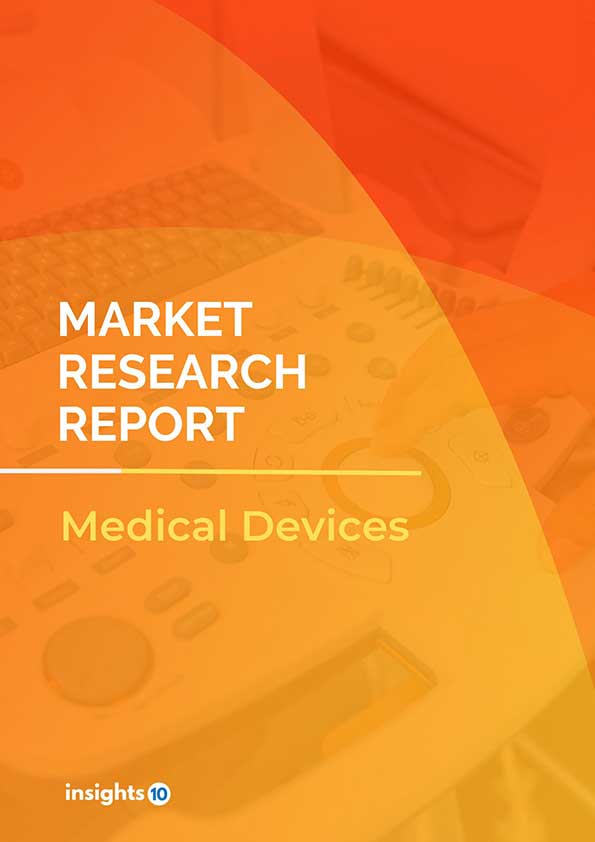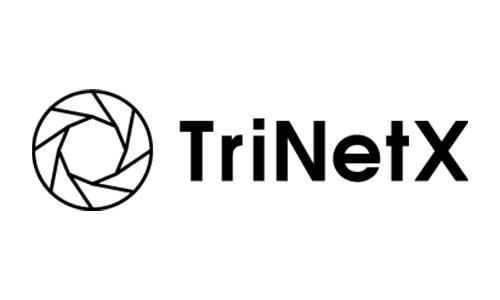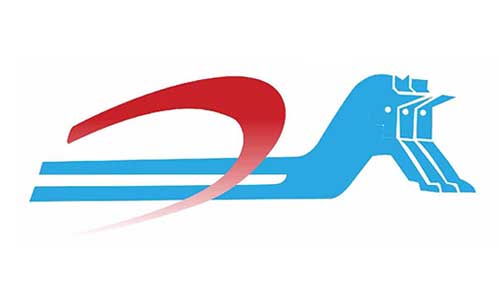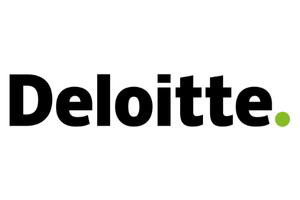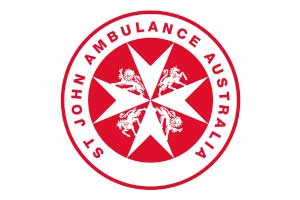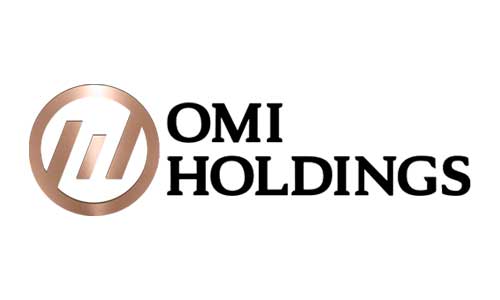Singapore Atherosclerosis Therapeutics Market Analysis
Singapore Atherosclerosis Therapeutics Market was valued at $3 Mn in 2022 and is estimated to reach $5 Mn in 2030, exhibiting a CAGR of 6.3% during the forecast period. The increasing number of cardiovascular disease cases, which are exacerbated by poor dietary habits, sedentary lifestyles, and an aging global population, is predicted to drive up demand for atherosclerosis treatments. The top leading pharmaceutical companies presently operating in the industry are Pfizer, Novartis, AstraZeneca, Sanofi, Bayer, Abbott Laboratories, Eli Lilly, Eisai, Takeda and Mitsubishi Tanabe Pharma Corporation.
Buy Now

Singapore Atherosclerosis Therapeutics Market Executive Summary
Singapore Atherosclerosis Therapeutics Market was valued at $3 Mn in 2022 and is estimated to reach $5 Mn in 2030, exhibiting a CAGR of 6.3% during the forecast period.
Plaque, a sticky substance made of calcium, fat, cholesterol, and other ingredients, builds up inside the artery walls as a result of atherosclerosis. Because of this accumulation, there is a higher chance of developing severe conditions, including heart attacks and strokes, which constrict or clog blood vessels. Atherosclerosis can be caused by a variety of factors, such as high blood pressure, high cholesterol, diabetes, obesity, smoking, a family history of heart disease, inactivity, and an unhealthful diet. Several drugs, such as beta-blockers, aspirin, and statins, have shown potential for preventing or reducing the advancement of atherosclerosis.
There are alarming tendencies in Singapore's cardiovascular epidemiology environment. The acute myocardial infarction (AMI) age-standardized incidence rate (ASIR) increased significantly from 194.5 to 228.9 per 100,000 people. Unfortunately, cardiovascular disorders, which include heart disease and stroke, account for 23 deaths per day and 31.4% of all deaths in 2022. According to carotid ultrasonography studies, the prevalence of carotid plaques is 36% in women and 54% in men between the ages of 45 and 74. The comparatively high prevalence rates of risk factors connected to atherosclerosis in Singapore are a contributing factor to this scenario. Notable figures show that 21.5% of adults have hypertension, 14% of the population has hyperlipidemia, 12.2% of people have diabetes, 13.2% of adults have obesity, and those with a BMI of 30 or higher are smokers, and 12.1% of individuals who are 18 years of age or older smoke. Together, these increased risk factors highlight the significant prevalence of atherosclerosis in the general population and highlight the urgent need for all-encompassing treatment and preventive measures.
Early-stage studies in the field of atherosclerosis research are exploring gene editing tools like CRISPR-Cas9. The goal is to perhaps identify and alter underlying genetic variables that support the progression of atherosclerosis. By targeting the underlying genetic causes of the illness, this novel method has the potential to pave the path for future treatment efforts that are more focused and successful.
Market Dynamics
Market Growth Drivers
Evolving Treatment Landscape: Innovative pharmacological medicines have changed the dynamic landscape of atherosclerosis treatment by offering an alternative to traditional statins. This has expanded market potential and improved the range of treatments accessible. Prominent instances comprise PCSK9 inhibitors, which outperform statins in efficiently lowering LDL cholesterol levels, CETP inhibitors that raise HDL cholesterol levels, a crucial component in the management of atherosclerosis; and anti-inflammatory drugs that address inflammation, a key driver in the advancement of atherosclerosis. This industry is also growing because personalized medicine approaches are becoming more widely accepted and allow for customized therapies based on the unique traits and genetic backgrounds of each patient. This pattern improves the efficacy and efficiency of treatment options, supporting the potential market for medications used to treat atherosclerosis in Singapore as a whole.
Aging Population:Singapore is experiencing rapid population aging, with the percentage of people over 60 projected to reach 15% by 2030. This demographic shift amplifies the demand for atherosclerosis treatment drugs, as the elderly population is inherently at a heightened risk of developing atherosclerosis and related complications, thereby acting as a significant market growth driver in Singapore.
Advancements in Drug Development: To address the needs of a growing patient base and a variety of demands, pharmaceutical companies' persistent efforts to develop novel atherosclerosis drugs tailored to various pathways and patient needs are expected to accelerate market expansion in Singapore.
Market Restraints
Affordability and Access: A significant portion of the population, especially those with lower incomes, may find it difficult to obtain newly developed treatments like PCSK9 inhibitors and CETP inhibitors due to their exorbitant costs. The high cost of innovative medicines poses a financial barrier, which in turn restrains the market for atherosclerosis therapy drugs in Singapore. The pricing dynamics create challenges for individuals, particularly those with limited financial resources, restricting their access to these advanced medications. Incomplete insurance coverage for some expensive medications further exacerbates the affordability issue and limits the market's potential expansion, even in Singapore, a country with a strong healthcare system.
Healthcare infrastructure limitations: Inequitable access to medical care, especially in remote locations, may make it more difficult to identify and treat atherosclerosis promptly. Delays may arise from a lack of knowledge about risk factors and budgetary limitations brought on by insufficient insurance coverage for long-term illnesses like atherosclerosis. These issues with Singapore's healthcare system have an impact on patient knowledge, accessibility, and financial support. As a result, they hinder the efficient management of atherosclerosis and limit the market for atherosclerosis therapy medications in the nation.
Compliance and Adherence Issues: The prolonged use of drugs in atherosclerosis treatment poses challenges such as adverse effects, forgetfulness, and low motivation for some patients. Managing numerous prescriptions for different medical conditions makes adherence problems worse, which could limit the commercial potential of atherosclerosis treatment options because of difficulties with patient compliance.
Healthcare Policies and Regulatory Landscape
The Health Sciences Authority (HSA) in Singapore is principally responsible for regulatory control of therapeutic medications and healthcare regulations. The HSA is a statutory board under the Ministry of Health and serves as the national regulatory agency for health products, including pharmaceuticals. Through stringent evaluation procedures, such as pre-market approvals, post-market surveillance, and quality control measures, it plays a crucial role in guaranteeing the safety, efficacy, and quality of treatment pharmaceuticals. In addition, Singapore's Ministry of Health (MOH) develops healthcare policies and offers the general framework for the healthcare system, which includes directives for the distribution, affordability, and accessibility of drugs. To guarantee the highest standards of patient safety and public health, the HSA and MOH work together to maintain a strong regulatory and policy framework that controls the development, approval, and distribution of treatment medications in Singapore.
Competitive Landscape
Key Players
- Pfizer
- Novartis
- AstraZeneca
- Sanofi
- Bayer
- Abbott Laboratories
- Eli Lilly
- Eisai
- Takeda
- Mitsubishi Tanabe Pharma Corporation
1. Executive Summary
1.1 Disease Overview
1.2 Global Scenario
1.3 Country Overview
1.4 Healthcare Scenario in Country
1.5 Patient Journey
1.6 Health Insurance Coverage in Country
1.7 Active Pharmaceutical Ingredient (API)
1.8 Recent Developments in the Country
2. Market Size and Forecasting
2.1 Epidemiology of Disease
2.2 Market Size (With Excel & Methodology)
2.3 Market Segmentation (Check all Segments in Segmentation Section)
3. Market Dynamics
3.1 Market Drivers
3.2 Market Restraints
4. Competitive Landscape
4.1 Major Market Share
4.2 Key Company Profile (Check all Companies in the Summary Section)
4.2.1 Company
4.2.1.1 Overview
4.2.1.2 Product Applications and Services
4.2.1.3 Recent Developments
4.2.1.4 Partnerships Ecosystem
4.2.1.5 Financials (Based on Availability)
5. Reimbursement Scenario
5.1 Reimbursement Regulation
5.2 Reimbursement Process for Diagnosis
5.3 Reimbursement Process for Treatment
6. Methodology and Scope
Singapore Atherosclerosis Therapeutics Market Segmentation
By Therapy
- Atherosclerosis Medications
- Cholesterol-lowering Medications
- Antiplatelet drugs and Anticoagulants
- Atherosclerosis Beta Blockers
- Diuretics or Water Pills
- Angiotensin Converting Enzyme (Ace) Inhibitors
- Other Atherosclerosis Treatment Therapies
By Surgery
- Bypass Surgery (Coronary Artery Bypass Grafting (CABG))
- Angioplasty
- Atherectomy
By Drug Class
- Cholinesterase Inhibitors
- NMDA Receptor Antagonists
- Manufactured Combination
By End-Users
- Hospitals
- Specialty Clinics
- Homecare
- Others
By Distribution Channel
- Hospital pharmacies
- Clinics
- Drug stores
- Retail pharmacies
- Online pharmacies
- Other distribution channel
Methodology for Database Creation
Our database offers a comprehensive list of healthcare centers, meticulously curated to provide detailed information on a wide range of specialties and services. It includes top-tier hospitals, clinics, and diagnostic facilities across 30 countries and 24 specialties, ensuring users can find the healthcare services they need.
Additionally, we provide a comprehensive list of Key Opinion Leaders (KOLs) based on your requirements. Our curated list captures various crucial aspects of the KOLs, offering more than just general information. Whether you're looking to boost brand awareness, drive engagement, or launch a new product, our extensive list of KOLs ensures you have the right experts by your side. Covering 30 countries and 36 specialties, our database guarantees access to the best KOLs in the healthcare industry, supporting strategic decisions and enhancing your initiatives.
How Do We Get It?
Our database is created and maintained through a combination of secondary and primary research methodologies.
1. Secondary Research
With many years of experience in the healthcare field, we have our own rich proprietary data from various past projects. This historical data serves as the foundation for our database. Our continuous process of gathering data involves:
- Analyzing historical proprietary data collected from multiple projects.
- Regularly updating our existing data sets with new findings and trends.
- Ensuring data consistency and accuracy through rigorous validation processes.
With extensive experience in the field, we have developed a proprietary GenAI-based technology that is uniquely tailored to our organization. This advanced technology enables us to scan a wide array of relevant information sources across the internet. Our data-gathering process includes:
- Searching through academic conferences, published research, citations, and social media platforms
- Collecting and compiling diverse data to build a comprehensive and detailed database
- Continuously updating our database with new information to ensure its relevance and accuracy
2. Primary Research
To complement and validate our secondary data, we engage in primary research through local tie-ups and partnerships. This process involves:
- Collaborating with local healthcare providers, hospitals, and clinics to gather real-time data.
- Conducting surveys, interviews, and field studies to collect fresh data directly from the source.
- Continuously refreshing our database to ensure that the information remains current and reliable.
- Validating secondary data through cross-referencing with primary data to ensure accuracy and relevance.
Combining Secondary and Primary Research
By integrating both secondary and primary research methodologies, we ensure that our database is comprehensive, accurate, and up-to-date. The combined process involves:
- Merging historical data from secondary research with real-time data from primary research.
- Conducting thorough data validation and cleansing to remove inconsistencies and errors.
- Organizing data into a structured format that is easily accessible and usable for various applications.
- Continuously monitoring and updating the database to reflect the latest developments and trends in the healthcare field.
Through this meticulous process, we create a final database tailored to each region and domain within the healthcare industry. This approach ensures that our clients receive reliable and relevant data, empowering them to make informed decisions and drive innovation in their respective fields.
To request a free sample copy of this report, please complete the form below.
We value your inquiry and offer free customization with every report to fulfil your exact research needs.

